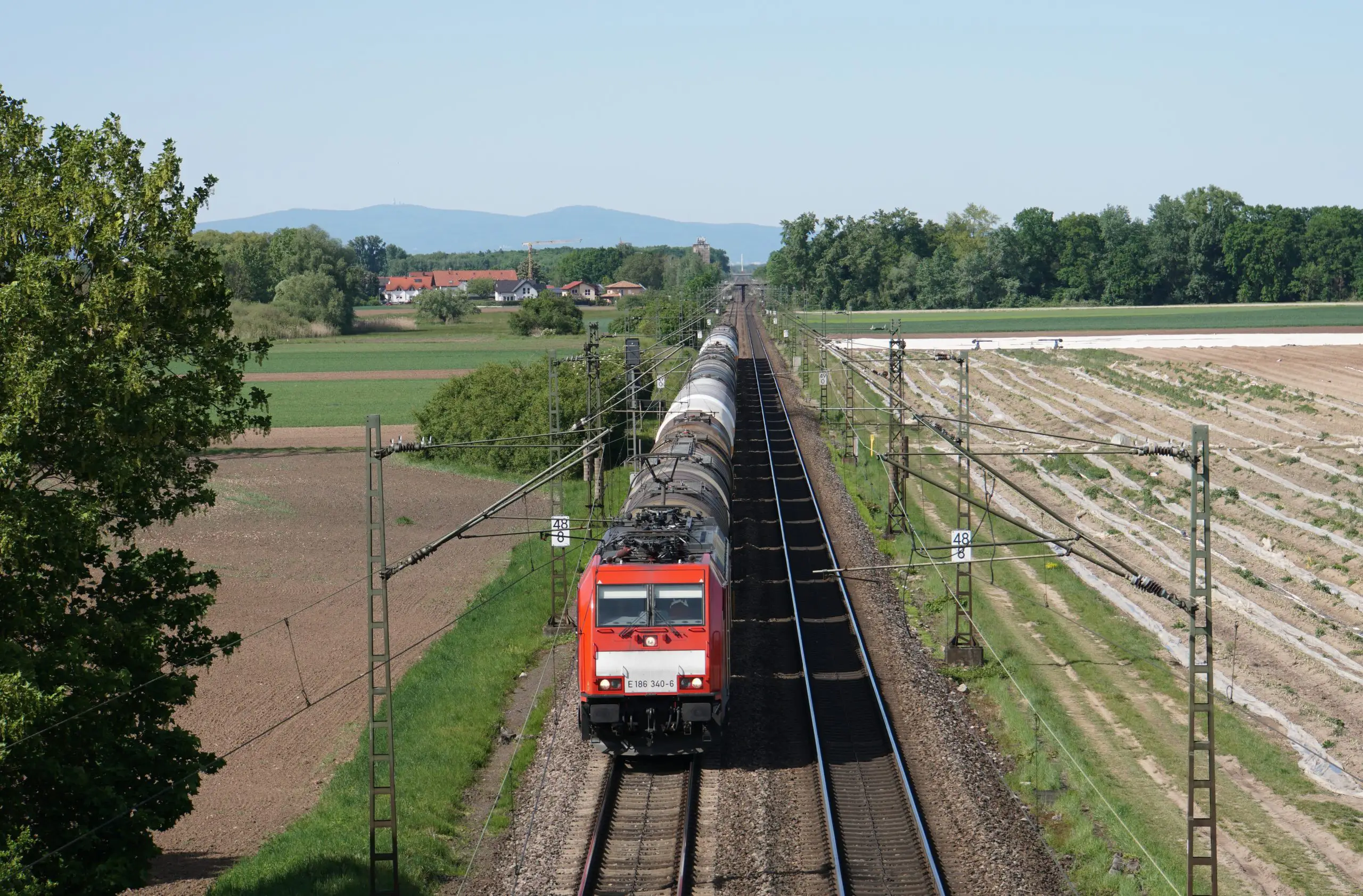

Development and establishment of a Euronorm-compliant safety management system for major railway projects
Modern infrastructure – the fast and smooth transport of people and goods – is a key location factor in global competition. In the common European market, proprietary and national train control systems make cross-border traffic more difficult in the long term. This is a hurdle for railways and the economy that has existed for decades.
The major project ETCS Corridor Rhine-Alpine of Digital Rail Germany is part of the DB “Starke Schiene” umbrella strategy for uniform and digitally controlled train traffic in Europe. For example, with the introduction of the European Train Control System (ETCS) Level 2 and Digital Interlocking in the highly frequented and cross-border route between Oberhausen-Sterkrade in the Lower Rhine to the Swiss border (Weil am Rhein). However, a strong, safe and interoperable European rail network does not exist for free. The condition for success is strict compliance with all European regulations and standards necessary to harmonize the network. New processes, workflows and rules that will be crucial for the success of a project like the ETCS Rhine-Alpine corridor in the future. In addition to the multi-stage EG conformity test for commissioning in the area of safety, a European standard-compliant safety management system for large-scale projects was developed and established. The process developed in collaboration with NEXTRAIL was positively assessed by the AsBo / NoBo and will be used in all further commissioning sections of the Rhine-Alpine corridor.
Key areas of service
-
Development and introduction of a European standard-compliant safety management in accordance with EN 5012x
-
Harmonization and consolidation of the processes of the TSI-ZZS, the EIGV, the CSM-RA and the EN 5012x
-
Obtaining an EG Interim Test Certificate for Technical Specification of Interoperability (TSI) for the draft from a notified body, Notified Body (NoBo)
-
Obtaining a safety assessment report from an independent assessment body, the Assessment Body (AsBo)
-
Obtaining an EC test certificate for the entire system from a notified body, the Notified Body (NoBo)
-
Obtaining the commissioning permits for the major Rhine-Alpine corridor project, cross-border routes between Switzerland and Germany
Special features
Successful commissioning is the result of a well-coordinated team effort. In order to realize a high number of commissionings with short intervals from technical implementation to the planned commissioning in practice, a high degree of standardization and harmonization must be established in advance throughout the entire process flow. The processes from this successful reference project Rhine-Alpine corridor with NEXTRAIL will serve as a blueprint for the efficient and standardized implementation of European standard-compliant safety management according to EN 5012x in the future large-scale projects and corridors. The processes have already been successfully used in the Wendlingen-Ulm project.
Contact person

